The novel 'The Steel Alcove' of 1921
Filippo Tommaso Marinetti, a fervent supporter of modernity and Futurism, did not limit himself to celebrating the technological and wartime revolution of his era through his art and poetics. During the First World War, Marinetti found a tangible symbol of his avant-garde vision in the Lancia Ansaldo 1Z, an armoured car that became for him a concrete extension of the mechanical power and energy of the conflict.
Marinetti, enlisted as a volunteer on the Italian front, used the Lancia Ansaldo 1Z not only as a means of transport and mobility, but as an emblem of the fusion of man and machine. This armoured vehicle, with its advanced technology and imposing structure, represented for the poet an icon of modernity and Futurist dynamism, embodying the ideal of speed, power and innovation that the movement extolled.
Marinetti's relationship with the armoured car finds deep reflection in his novel 'The Steel Alcove ' (1921), where the war experience is narrated through the lens of this war machine. In the novel, the armoured car becomes not only a means of combat, but also a symbolic protagonist reflecting the Futurist vision of war as a great mechanical adventure. Marinetti describes the machine as an extension of the modern hero, capable of expressing and amplifying the power of the new technological era.
'The Alcove of Steel' is a work that transcends the simple account of war, becoming a literary manifesto of the Futurist celebration of modernity. Through vivid, immersive prose, Marinetti transforms the Lancia Ansaldo 1Z into a symbol of the fusion of man and machine, and war into a form of purification and regeneration through technology.
In this context, Marinetti not only uses the armoured car as a practical means, but elevates it to an icon of modernity and progress, celebrating its ability to defy convention and redefine the experience of war. The novel and the vehicle intertwine in a narrative that expresses the Futurist vision of war as a radically new and transformative experience, giving the Lancia Ansaldo 1Z a central role in the poetics and practice of Futurism.
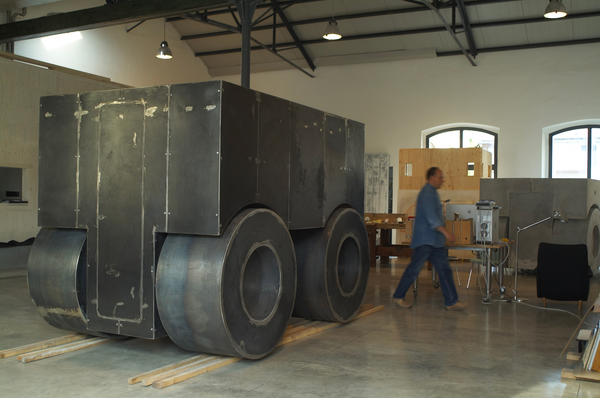
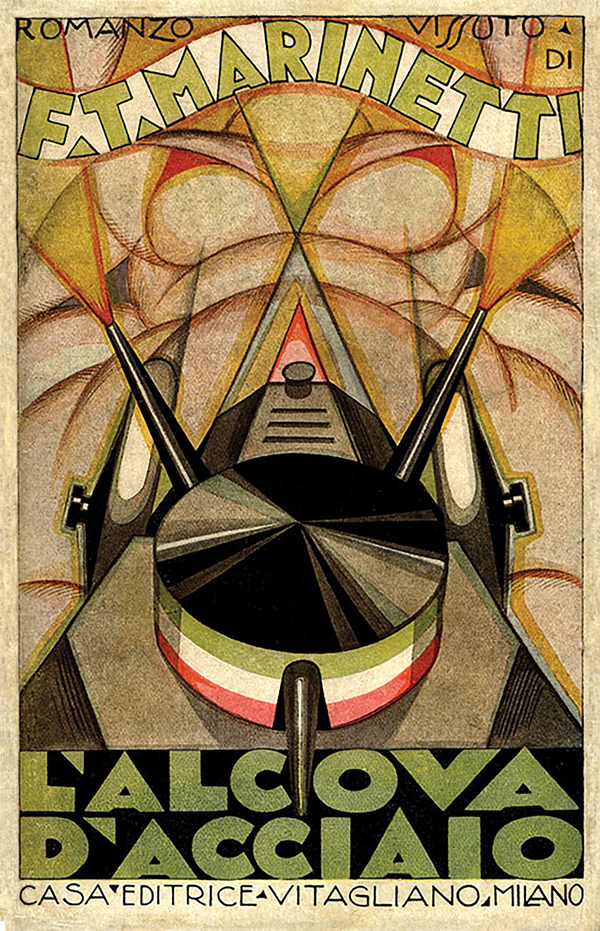
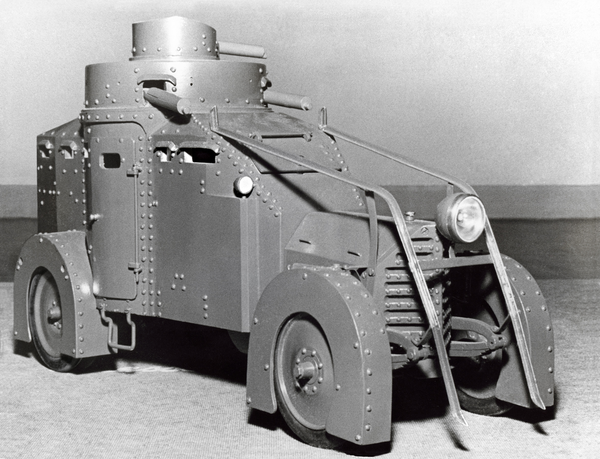
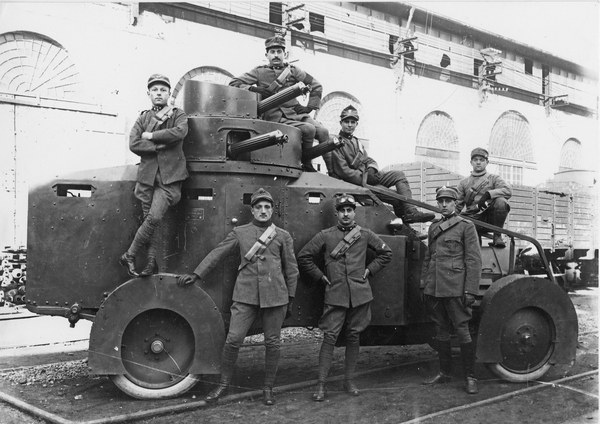
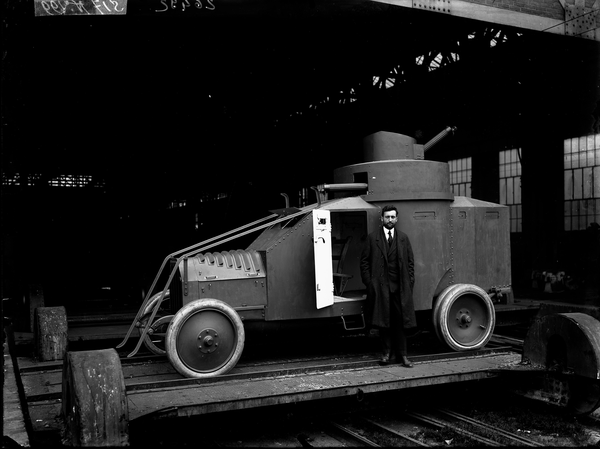
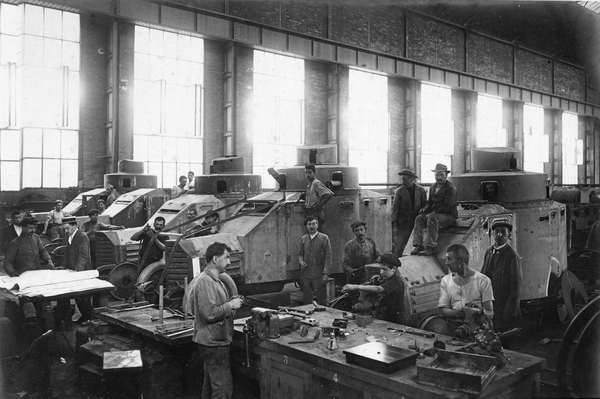
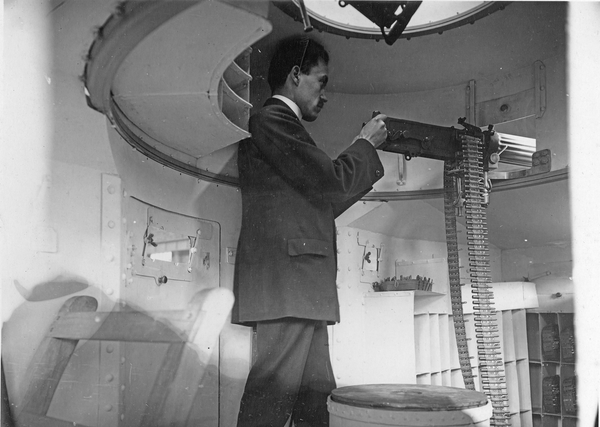
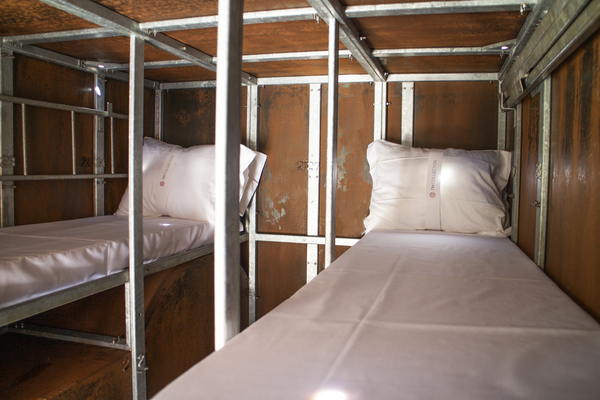
Social
Contatti
umberto@cavenago.info